This video shows you how to use the Scheduling Assistant to help handle complex meetings with lots of attendees.
Want more?
Our meeting is growing. So, to help us handle all the complexities involved, let's use the Scheduling Assistant.
Attendees and resources are listed over here. And next to each one is their schedule, represented by colored bars in a timeline. This shaded area represents our meeting time.
By looking at the bars, we can tell that the attendees in our list have already been invited and our meeting is on their calendars.
You can check this legend to see what the colors in the bars mean. This attendee has accepted, so her bar shows that she is busy at this time. These attendees are still tentative.
By default, we can only see free/busy information in the bars - no details unless an attendee shares their calendar with us. But, this gives us enough information to attempt to find a meeting time that doesn't conflict with everyone's schedule.
Click Add Attendees, and then let's add a few more people. Also, add a larger meeting room and delete the first room.
It looks like a person we have already invited has a potential scheduling conflict, so let's try to move the meeting a half-hour later. You can do that, down here, but it's easier to simply drag these lines to change the Start and End times.
After you find a time that appears to work for everyone, you can send an update. And each attendee gets an updated meeting request. Again, recipients can view the invitation and click Accept, Tentative or Decline.
Recipients who use Outlook also have the option of proposing a new time.
If they click Tentative and Propose New Time, they get a dialog box that looks a lot like the Scheduling Assistant.
They can change the Start or End times, and click Propose Time. Then, they can add a message and click Send.
You can, then, open the proposal and decide whether to Accept it, Delete it or Reply to the proposal.
It can be a real chore finding a meeting time that makes everyone happy, but the Scheduling Assistant can make that job a lot easier.
Up next, you'll see what happens when we share the calendar with others.
No comments:
Post a Comment